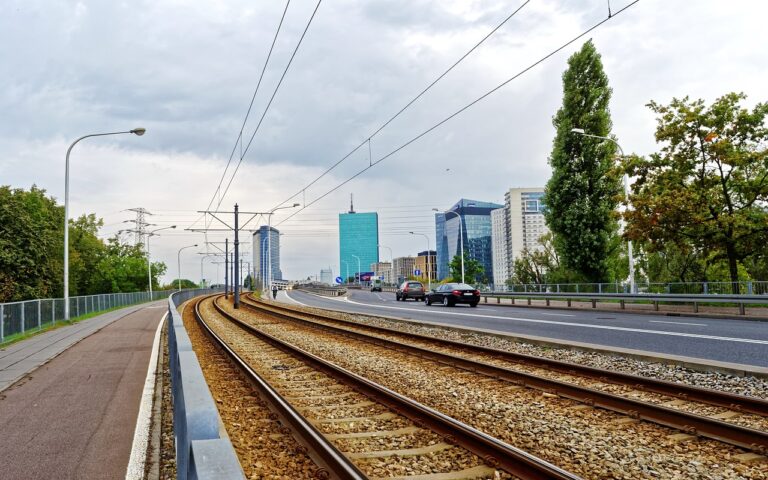Ride-Hailing and the Future of AI-Powered Surge Pricing Models for Dynamic Adaptation: Bet bhai login, Radheexch, Lotus365
bet bhai login, radheexch, lotus365: Ride-Hailing and the Future of AI-Powered Surge Pricing Models for Dynamic Adaptation
In recent years, ride-hailing services have revolutionized the way we get from point A to point B. Companies like Uber, Lyft, and Grab have made transportation more convenient, affordable, and accessible than ever before. One key aspect of these services is surge pricing, a dynamic pricing model that adjusts fares based on supply and demand.
AI-powered surge pricing models have played a crucial role in optimizing pricing strategies for ride-hailing companies. These models use sophisticated algorithms to predict and respond to fluctuations in demand, ensuring that prices remain competitive while maximizing revenue. As technology continues to evolve, the future of AI-powered surge pricing looks promising, with more advanced and adaptive models on the horizon.
Dynamic Adaptation in Pricing Strategies
One of the key benefits of AI-powered surge pricing models is their ability to adapt in real-time to changing market conditions. By analyzing vast amounts of data, these models can identify trends and patterns, allowing companies to adjust prices accordingly. For example, during peak hours or in high-demand areas, prices may increase to encourage more drivers to come online and meet the demand. Conversely, during off-peak times or in low-demand areas, prices may decrease to attract more customers.
The Future of AI in Surge Pricing
As technology continues to advance, the future of AI-powered surge pricing looks even more promising. Companies are exploring new ways to leverage AI and machine learning to further optimize their pricing strategies. For example, some companies are experimenting with personalized pricing, where fares are tailored to individual customers based on factors like past behavior, location, and time of day. This level of customization can help companies maximize revenue while providing a more personalized experience for customers.
AI-powered surge pricing models are also becoming more sophisticated in their ability to predict and respond to external factors. For example, these models can now take into account weather conditions, traffic patterns, and even events like concerts or sporting events that may impact demand. By incorporating these variables into their algorithms, companies can further optimize their pricing strategies and provide a more seamless experience for both drivers and passengers.
FAQs
Q: How does surge pricing work?
A: Surge pricing is a dynamic pricing model used by ride-hailing companies to adjust fares based on supply and demand. When demand is high, prices increase to encourage more drivers to come online and meet the demand. Conversely, when demand is low, prices decrease to attract more customers.
Q: How accurate are AI-powered surge pricing models?
A: AI-powered surge pricing models are highly accurate, thanks to their ability to analyze vast amounts of data and predict trends and patterns. These models are constantly learning and adapting to changing market conditions, making them a valuable tool for ride-hailing companies.
Q: Are there any downsides to surge pricing?
A: While surge pricing can be beneficial for companies in optimizing their pricing strategies, it can sometimes be frustrating for customers who may have to pay higher fares during peak times. However, companies are always working to strike a balance between maximizing revenue and providing a positive experience for customers.







